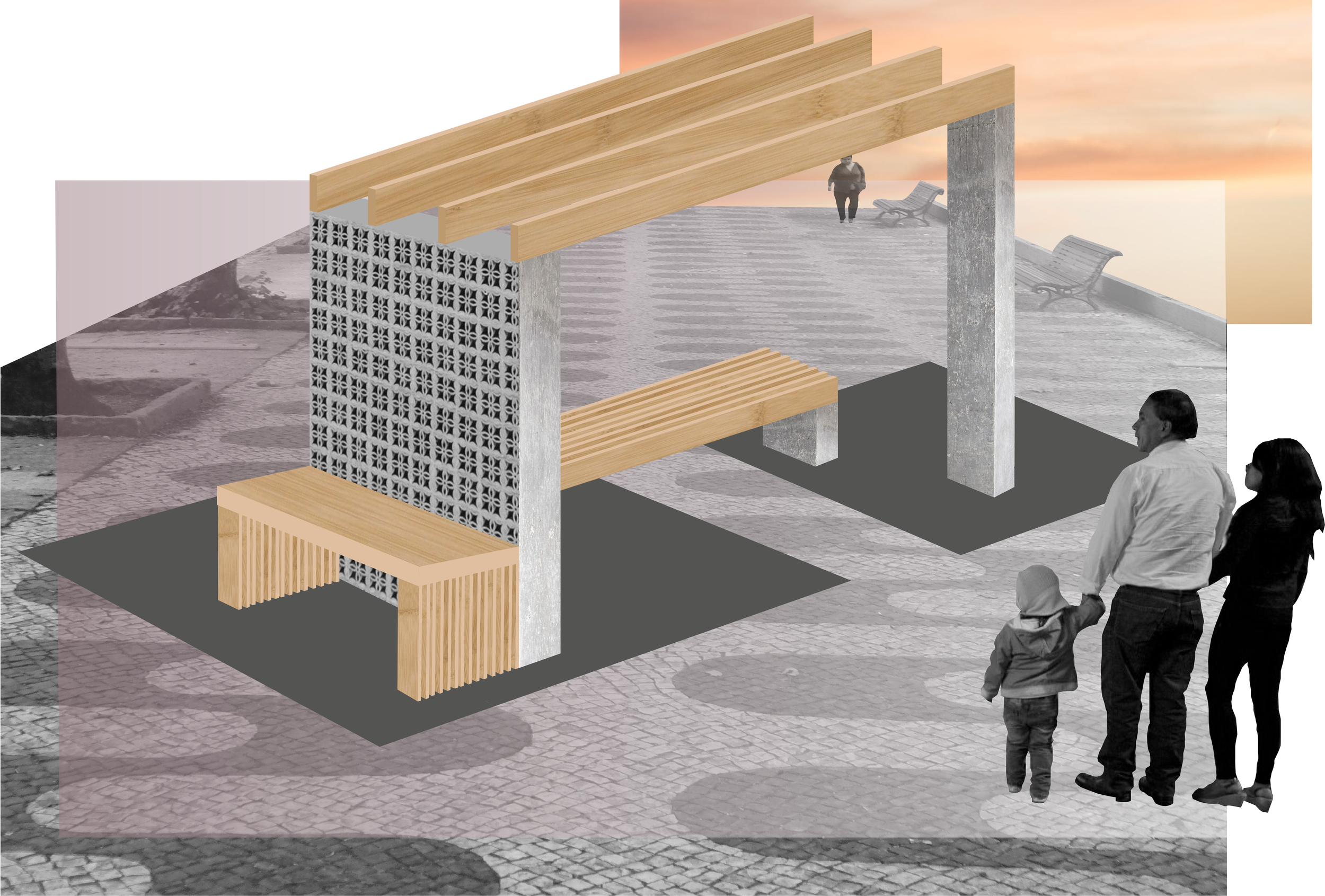
MOWO: Mobilising women through public transport
-
Problem
Public transportation has become a common location for men to assault women in Lima, Peru. Because of this, women alter their daily commutes to and from work. Over 60% of assault cases occur on informal modes of transportation, such as combís, which are more accessible than public transport buses.
-
Approach
By conducting user interviews with women who use (or avoid) transportation, bus driving unions, NGOS, and public transport experts, our team uncovered the systems-based opportunity area which could aid in mitigating GBV on informal transportation.
-
Outcome
In order to address GBV at a city scale, the team proposed a systems-based solution starting with salaried pay for informal transport drivers. The 5 year plan was presented to a series of panelists for the Royal College of Art’s Grand Challenge competition, and ultimately won the grand prize of “Biggest Potential Impact.”
Practised Skills
Ethnographic research
Storytelling (filmmaking)
CAD (Autodesk Fusion)
Photoshop
Outcome
Systems Design
Design For Social Justice
Gender Inclusive Design
Human Centred Design
Overview
Sexual assault is a public transportation issue. How might we redesign transport systems in major cities to mitigate the prevalence of gender-based violence in public spaces?
For 10 weeks, our all-female multidisciplinary team from the Royal College of Art defined what it means to foster resilience in our cities. After speaking with stakeholders in multiple cities, the team decided to focus on Lima, Peru. Lima has been ranked as the most dangerous city for women to travel alone in, day or night.
With a team of experts from around the work, we devised a systems-based solution that would begin to mitigate gender-based violence without incurring further burden to survivors. Our final systems solution was judged by a team of panelists from leading technology companies. Out of over 70 teams, MOWO was awarded the grand prize of “Most Potential Impact.”
Process
Given the prompt of ‘resilience’ within ‘Designing for safety,’ our team began by selecting an opportunity area. After completing secondary research, knowledge of safety in public spaces was confirmed by stakeholder interviews. When asking one Lima resident to describe transport in Lima in four words, she replied: “Awful, terrible, awful, terrible!”
After several rounds of interviews, it became clear that the issue of gender-based violence in the city was intrinsically tied to misogyny reinforced from an individual level up to a national scale.
In order to even begin and tackle this issue, it was clear that the intervention needed to also be multi-tiered, ranging from redesigning designated waiting spaces, to reimagining how drivers sourced income and collected ticket fares.
Systems analysis based on secondary research and stakeholder interviews
Mock-up of speculative bus stop design to promote circulation and allow openness
SpecUlative Design
As the team’s lead spacial designer, I took critical insights from stakeholder interviews and reimagined how waiting spaces could be designed to provide women with multiple rests spaces without feeling enclosed or trapped by their surroundings. Bus stops were created with local materials and resources in mind, with the idea that building the spaces would echo local architecture with a contemporary twist.
Speculative design for a new waiting space
“They articulated the problem incredibly well. . . the team did a phenomenal job of providing meaningful solutions that can be implemented straight away.”
— Alistar Curtis, Chief Design Officer - Logitech
By formulating a five year plan that relied on community engagement and government action, our team centred the long-term success of MOWO. After conducting in-person research in Lima, the team planned to validate proposed bus routes and payment models in the second year of the program. Once verified, our architectural designer would take the lead in generating new community hubs through built waiting spaces, before launching the programme in year 4. By year 5, we planned on assessing the programmes ability to mitigate GBV by working with GBV experts in Peru, before expanding to other South American cities.
5 year systems design proposal









